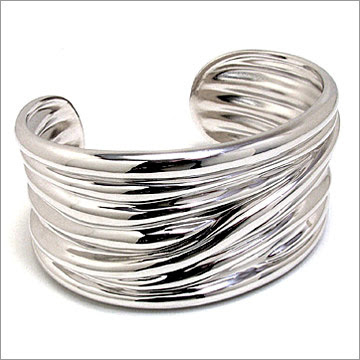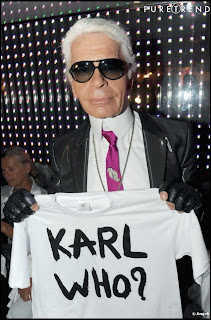What is .925 Sterling Silver? ...A Little History
Sterling silver, as a jewelry material/medium, has had loyal fans for years. These fans might be pretty surprised that I’ve been asked this question many times over the years, which is why I’ve chosen to address it on jewelry dose daily. There are many men and women who are unfamiliar with the meaning of the term “.925 (point 925) sterling silver.”
Pure silver, of course, is an element found on Earth. This element has been mined since the 15th century for its unique properties. Any material made up of 99.9 % silver is considered “pure silver.” Pure silver is so soft that Europeans began combining it with other metals to increase integrity and durability. This was useful in the making of coins. This is why “sterling silver” emerged.
Sterling silver, which is still considered a fine metal, refers to material that is 92.5% silver and 7.5% another metal (usually copper). For those with sensitive skin, it is important to be sure that the sterling does not include nickel. Quality sterling should not contain any significant amounts of nickel.
Sterling silver, while originally used as currency, became popular for its beauty as an art medium in the mid 19th century, with fine retailers beginning to offer sterling silver flatware, jewelry, pitchers, and other pieces. A .925 Sterling silver craze arose in both the US and Europe in the 1840’s lasting until just after WWII, with popularity peaking in the Victorian era. In 1851, Tiffany and Company was the first US retailer to adopt the sterling standard of 92.5% pure silver, using it to create most of their designs.
.925 Sterling Silver fell out of mainstream favor after WWII when artisan labor became more expensive and lifestyles changed creating a demand for easier to clean flatware. Sterling silver, however, remained a status symbol in jewelry and interior décor. In the 1990’s sterling gained resurgence in mainstream popularity as international trade became common and prices dropped. Although the value of silver continues to increase, Sterling silver remains one the most beautiful and versatile jewelry elements today.
Copyright 2010– Jewelry Dose Daily



Comments
I've never been a fan of the yellow gold movement, and stocked my boxes with sterling silver. I jut wish if wouldn't turn the color of the 8.75% copper its made of.
I feel a self-indulgent 925 silver shopping spree comin on >;-}
in contrast I absolutely hate yellow gold it looks so gross
all my jewelery is silver (or surgical stainless steal)